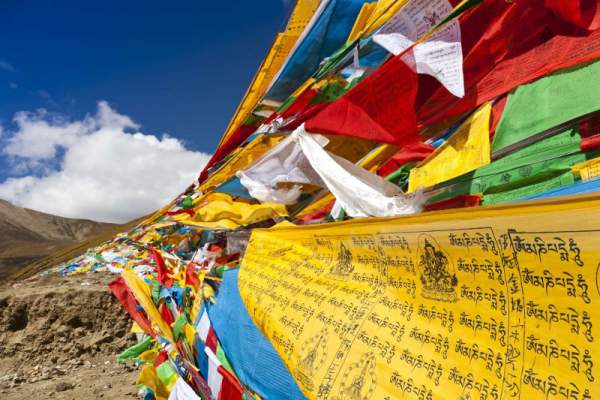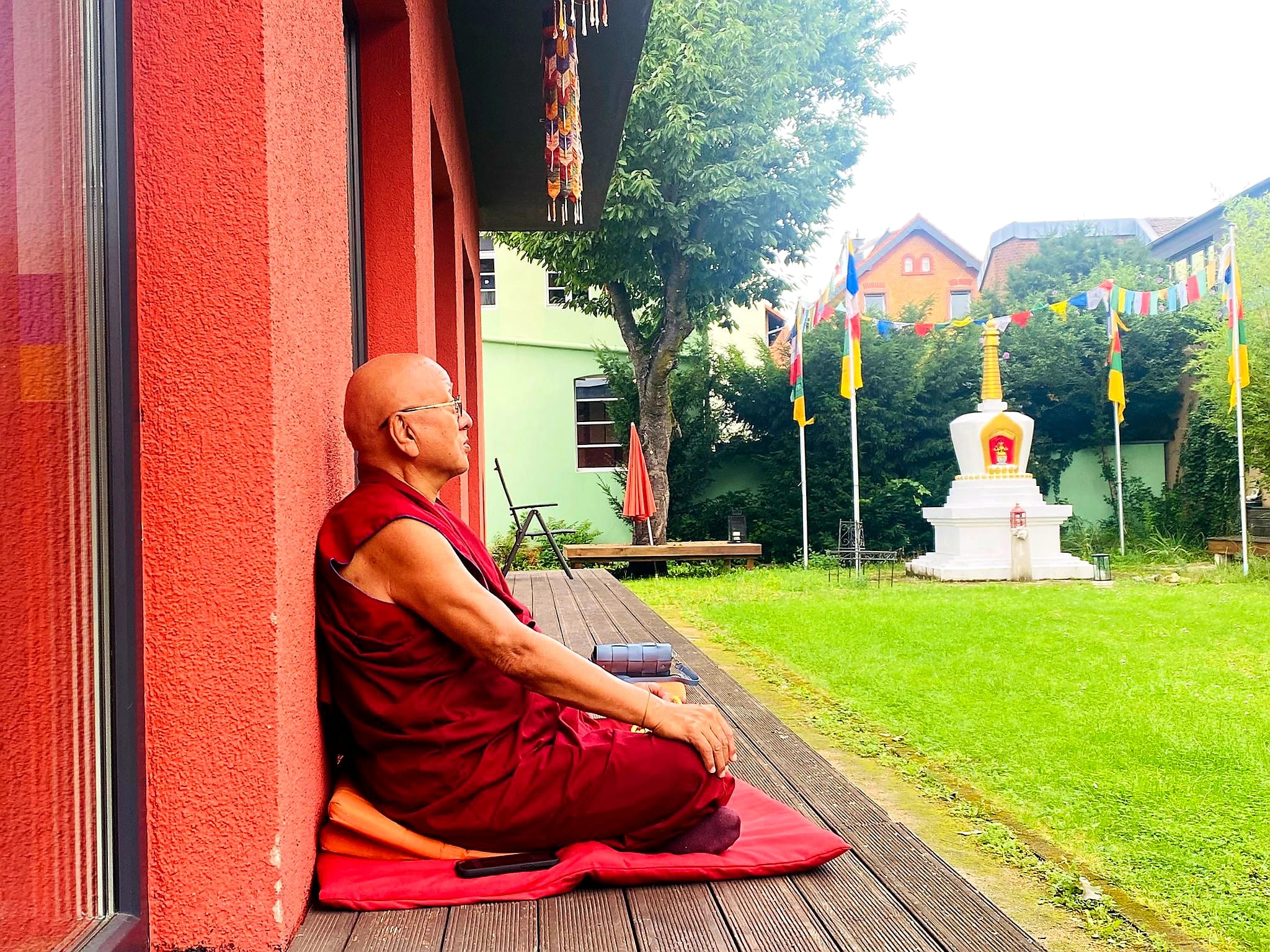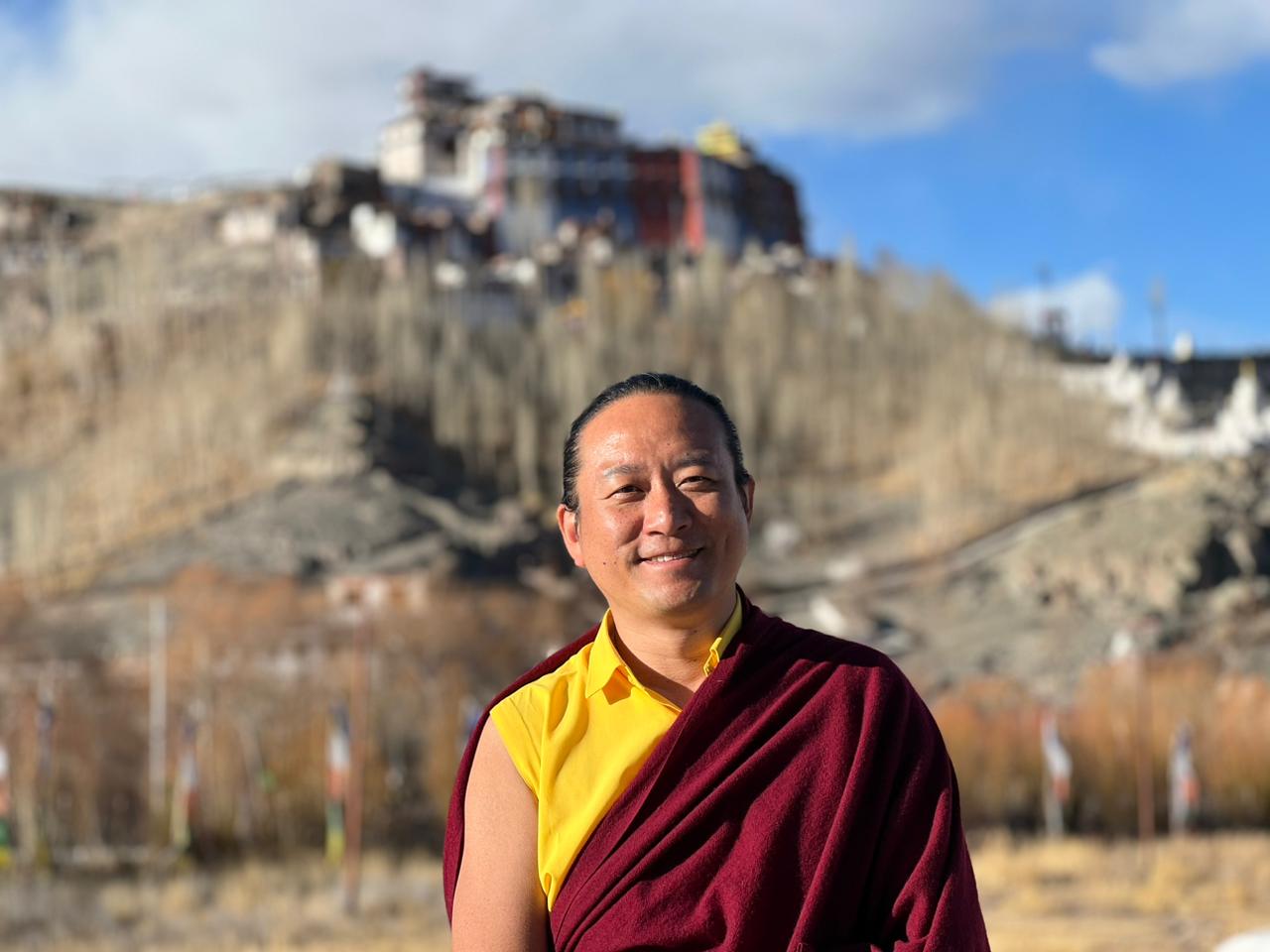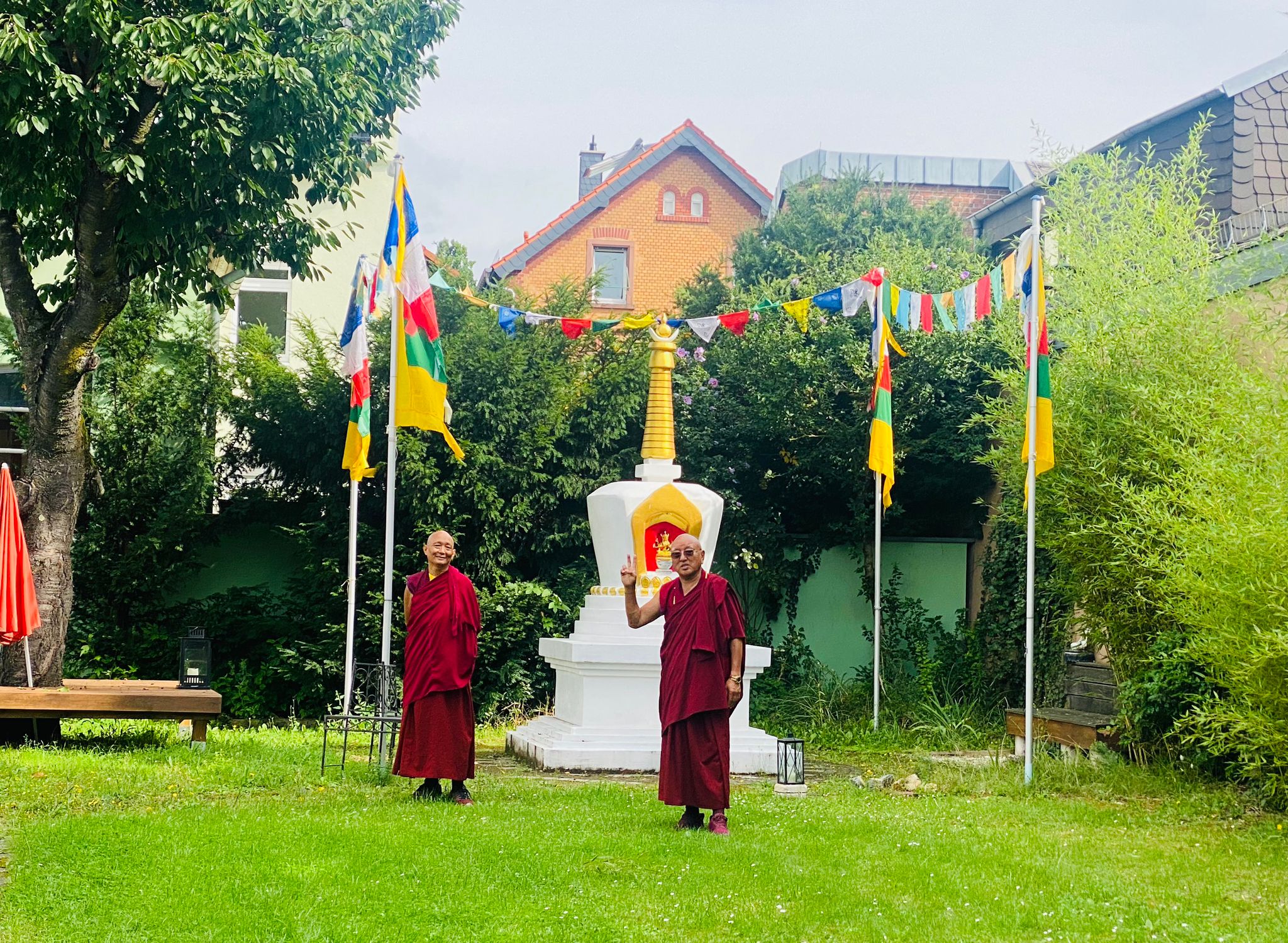What is the main goal of Buddhism?
Buddhism is one of the world's five major religions, however, it is often not considered a religion at all, but rather a philosophy or spiritual training. The historical Buddha was born in Nepal about 2500 years ago as the prince Siddhartha Gautama. By training the mind in meditation, he reached the state of full enlightenment, the highest goal. Based on his experience, he gave different teachings and explained different methods to help other beings reach that same highest state.
What are the four schools of Tibetan Buddhism?

There are different Buddhist traditions. The practitioners of Theravada Buddhism primarly seek their own liberation, while the practitioners of Mahayana Buddhism seek to attain enlightenment for all sentient beings, and lead all of them into that enlightened state.
Tibetan Buddhism is a branch of Mahayana Buddhism. H.H. Dalai Lama, H.H. Karmapa and H.H. the Sakya Trizin are some of its prominent representatives, who played an important role in the spreading of Tibetan Buddhism outside Tibet. The Tibetan tradition contains the essential teachings of both Theravada and Mahayana traditions, as well as the tantric path. The four major schools of Tibetan Buddhism are Nyingma, Kagyu, Sakya and Gelug.
Emergence of the Sakya tradition
The Sakya tradition is one of the four major schools of Tibetan Buddhism. The first Sakya Monastery was built in 1073 by Khon Khonchok Gyalpo. It is located in the city of Sakya, in the Tibetan region of Tsang. The precious Lam Dre ("The Path and its Fruit) was established as the core practice of the Sakyapa, and has been transmitted in an uninterrupted lineage of realized masters up to this day. Lam Dre is a system of knowledge and of practicing the entire range sutric and tantric teachings of the Buddha that was first enunciated by the 9th century Indian tantric master, Mahasiddha Virupa. The current throne holder of the Sakya is His Holiness the 41st Sakya Trizin, who lives in Rajpur (Dehradun), North India.
The Sakya school is known for its scholarship and purity of the teachings. Sakya Pandita, one of their great Sakya masters, is considered as a direct manifestation of the Bodhisattva of Wisdom, Manjushri. Another core teaching, which was received by the Indian Mahasiddha Naropa from Vajrayogini, then passed from Naropa to the Phamthing brothers from Nepal, and entered the Sakya school through the Nepali tradition, is the practice of Naro Khadchod (Vajrayogini). She is one of the 'Three Red Ones' from the "13 Golden Dharmas". It is a main practice in the Sakya school. The Vajrayogini practice is one of the most profound Buddhist practices in general.
In addition to the main Sakya tradition, there are three sub-schools: Ngorpa, Tsarpa and Dzongpa. The Ngorpa lineage was established by Ngorchen Kunga Zangpo (1382-1457) who founded the Ngor Monastery, Evam Chodan, in 1430. The current head of the Ngorpa lineage is His Eminence Luding Khenchen Rinpoche.
The Tsarpa sub-school was established by Tsarchen Losal Gyatso (1502-1556) with the Monastery Dar Drongmoche. The head of the Tsarpa lineage was H.E. Chogye Trichen Rinpoche who passed away on 22nd January 2007.
The founder of the Dzongpa tradition was Gongkar Kunga Namgyal (1432-1496). The main Dzongpa monastery is Gongkar Chode, which in the 16th century was famous for its wall paintings done by one of the famous artists of that time Jamyang Khyentse Wangchuk, who developed the Khyenri style of painting. The current head of the Dzongpa tradition is Gongkar Dorjedenpa Tenzin Jampal Lungtok Namgyal Rinpoche.



